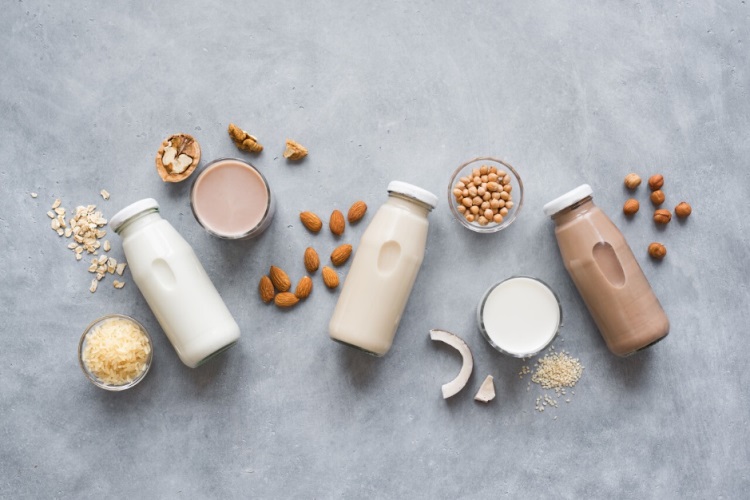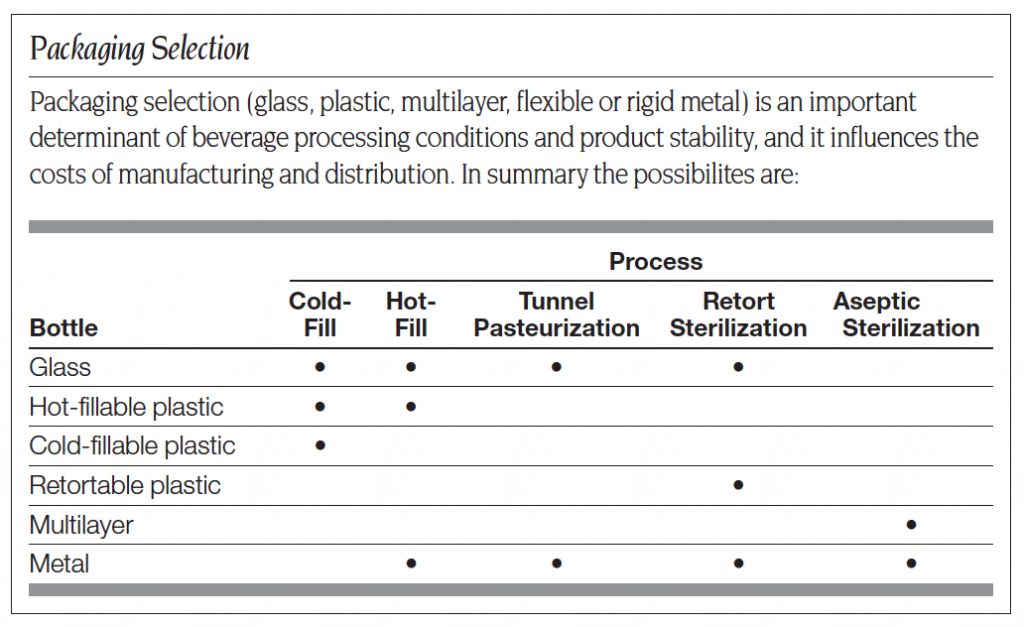
Formulation of Functional Ready-To-Drink Beverage Drink
Ready to drink (RTD) beverages are convenient and portable for fast-paced consumers. It also allows the manufacturers to incorporate innovative ingredients and packaging to attract stronger demand from the consumers. A wide variety of ingredients could be included in the RTDs to improve its nutritional profile. However, proteins have been the popular ingredient among the global products launched with a “high protein” claim in the last five years. The other factors to consider while formulating shelf-stable RTDs and high protein content are natural flavours and neutral pH.

The major concern to target or be cautious is what happens to the protein while sterilizing the drink at 140°C and leaving it on the shelf for a prolonged time. Although protein from animal sources, such as whey mixed with beverage formulations, are common, creating shelf-stable RTDs but requires a lot more expertise, such as food technology formulation scientists or consultants and technology. As it is crucial to have an in-depth understanding of the functionality of various protein ingredients.
How to choose the right ingredients?
The beverages can be formulated to be a low acid, usually between pH 6 to 7 and high acid, anything below pH 4.6. Choosing the appropriate pH is essential for developing a stable beverage with proteins, especially dairy. Whey protein [T1] tends to work best in high acidic environments as they have better solubility and heat stability at that pH. Whey protein concentrates (WPC), Whey protein isolates (WPI[RE2] ) and milk-derived whey are common examples of why proteins. . Due to their best solubility and heat stability in that pH range, milk protein ingredients work better in low acid beverages. A stabilizer might have to be added, such as pectin, to the mix in most cases to prevent aggregation during the thermal process[T3] . Milk protein concentrates (MPC), milk protein isolates (MPI) [RE4] and micellar casein are common examples of milk proteins. Micellar casein is different from an isolate and concentrates as it is processed differently. It contains the same protein level as a concentration or an isolate, but the protein composition has been changed to casein mainly.
A beverage development company have produced an MPC with reduced calcium content to avoid buffers and to achieve a clean label. These MPCs are more heat stable and are a good option for low acid protein beverages. Some manufacturers are pre-acidifying whey protein isolates that will be less astringent in the final product. Milk derived whey is a new ingredient in the industry and is quite different from cheese derived whey. Milk derived whey contains no fat and will not go through a cheese-making process[T5] , therefore the flavour will be cleaner and away from extra heat processing.

Dairy Protein Hydration
It is crucial to hydrate the milk proteins properly. A majority of the solubility and heat stability issues with dairy protein beverages can be avoided by hydrating the proteins before adding them to the beverage formulation. Milk proteins require warmer temperatures for hydration as they are slow to hydrate, which aids in optimized hydration conditions. Therefore, at least an hour at 50°C (120°F minimum). On the other hand, the whey protein side takes about 20 to 30 minutes with temperatures no higher than 130°F. Temperatures higher than 130°F will denature the whey proteins. Poorly hydrated MPC or MPI ingredients will have a grainy texture or will have settling in the final product.
Acidulants
To make a high acid whey protein beverage, phosphoric (plain flavour), hydrochloric (medical nutritional), citric (fruit flavoured) and malic acid(apple or berry flavours) can be used.
Sweeteners
There are quite a few alternatives available in the market: caloric, natural, and artificial- reduced-calorie and non-caloric sweeteners. Sugars such as high fructose corn syrup, sucrose; sugar alcohols such as erythritol and lactitol; artificial high-intensity such as acesulfame potassium and natural high-intensity sweeteners such as citrus extracts. This selection aids in the final mouthfeel and stability of the protein beverage.
What happens to overheated proteins at 140°C during processing?
Proteins must be protected while the beverages are heated and made to be shelf-stable. If not, the protein will get unravelled and degrade to become un-consumable. Although it is impossible to protect the protein structure forever, manufacturers and food scientists try to push it off until the end of the product’s shelf life.
Moreover, the choice of the dairy protein ingredient and the beverage’s pH will dictate the processing conditions. There are four categories of products under shelf-stable RTD products. Aseptically processed commercially sterile beverage; retort processed commercially sterile beverages, tunnel pasteurization, hot-filled or pasteurized cold-filled beverages.
For instance, a Shelf-stable beverage with low pH can either be processed by retort or ultra-high-temperature processing[T6] (UHT). A retort[RE7] is made for 20 to 40 minutes at a very high-temperature treatment, 250-300°F. UHT processing is done at or above 275°F for a short time, 5 seconds. UHT shelf-stable beverages are aseptically packed in cartons or bottles.
High acid beverages are processed via hot fill. The beverage is heated above 180°F for 2 minutes, filled hot into a bottle and then cooled. High acid beverages have less pathogenic risk compared to low acid beverages. Basic pasteurization is also one common processing option in this category, such as for smoothies.
Other aids while processing
There are a few considerations while formulation of beverages, especially low acid beverages, as the proteins shouldn’t get damaged during the heating process. Stabilizers, such as gellan gum, need to be added to protect and prevent from interacting with themselves. Other than that, the Maillard reaction can occur during the high heating process such as UHT. The overall pH of the beverage will drop, creating protein instability. This can be prevented by using buffer salts such as mono- or polyphosphates which hold the pH up. Although these salts are really helpful in protein stability; however, these salts are not clean label.
Packaging selection
Normally the R&D processing and packaging costs for retort and aseptic beverage development [T8] are higher than hot and cold fill beverages. The following selection can be used for optimal manufacturing and distribution.

Conclusion:
Wrapping up that value-added functional beverage is formulated utilizing unrefined liquid whey. Whey has first-rate nutritional qualities and bland flavours; it is easy to digest and has inimitable functionality in a beverage production. Food Research Lab provides and supplies ready to drink beverages and new product development services.





